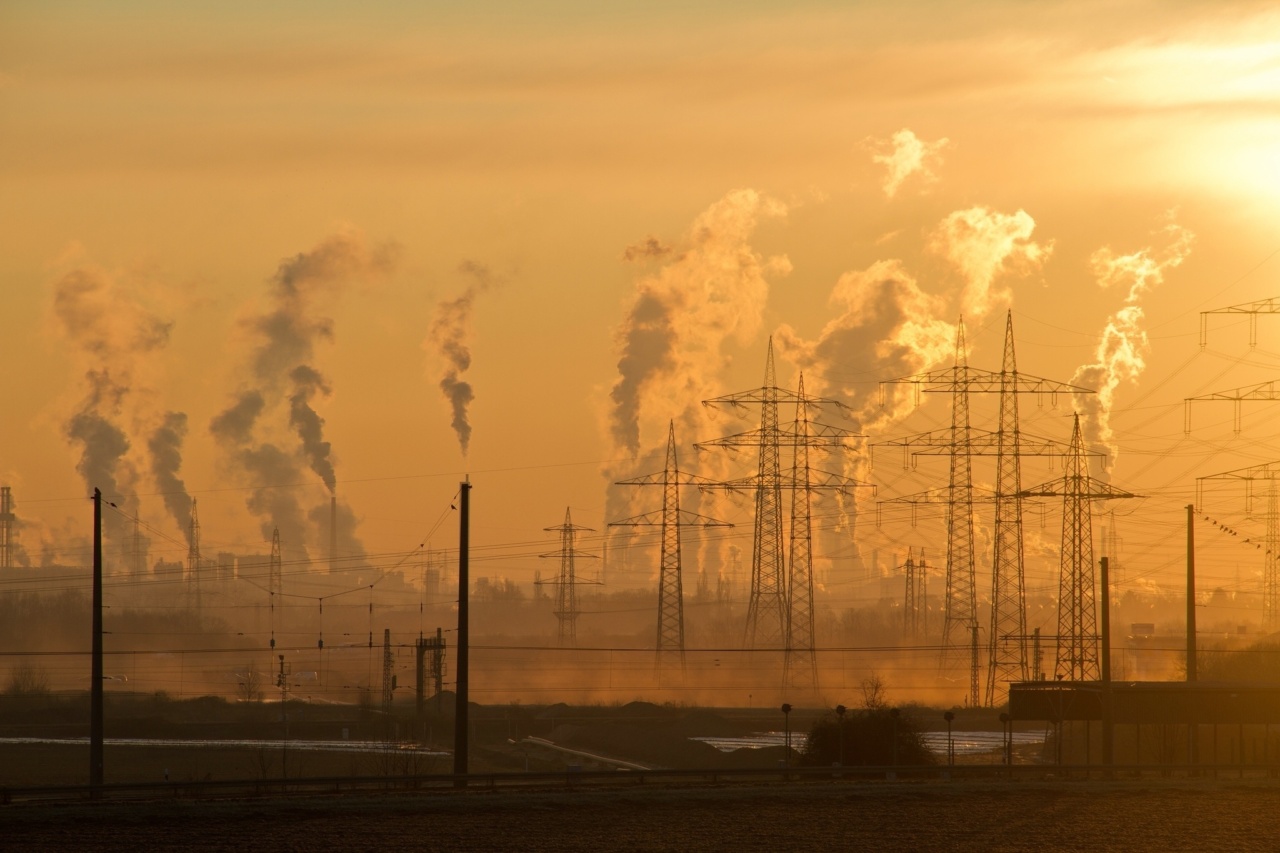With the rapid industrialization and the increasing use of fossil fuels, air pollution has become one of the greatest challenges for environmental scientists and health experts worldwide.
Among all age groups, children and young people are the most vulnerable to the harmful effects of air pollution on the respiratory system. Growing urbanization and modernization have made air pollution an even more pressing issue today, and hence, it’s high time that we thoroughly understand the implications of this toxic foe and its impact on young lungs.
Understanding Air Pollution
Air pollution refers to the release of pollutants, such as gases and particles, into the air. These pollutants may be caused by natural sources, such as dust and volcanic eruptions, or human activities, such as vehicular emissions and industrialization.
Air pollution is one of the biggest environmental health hazards at present and poses a threat to both humans and the environment.
The Danger to Young Lungs
Young lungs are at a greater risk of suffering from the harmful effects of air pollution. The airways of a child’s lungs are still developing, making them more susceptible to injury from inhaled pollutants.
Exposure to air pollution, especially in the first few years of life, can lead to respiratory problems later in life. It can exacerbate asthma, increase the risk of infections like pneumonia, and cause long-term damage, such as reduced lung function and an increased risk of lung cancer.
Effects of Air Pollution on Young Lungs
Reduced Lung Function
Air pollution causes inflammation and damage to the lungs, and over time, this leads to a decrease in lung function.
Studies have shown that children growing up in highly polluted areas had significantly lower lung function compared to those living in areas with lower pollution levels.
Asthma
Asthma is a chronic respiratory disease that affects the airways of the lungs. Air pollution has been linked to asthma in both children and adults.
Exposure to air pollution triggers inflammation in the airways, leading to wheezing, coughing, and difficulty in breathing.
Pneumonia
Pneumonia is an infection that inflames air sacs in the lungs. Exposure to air pollution increases the susceptibility to pneumonia, especially in children.
Fine particulate matter (PM2.5) exposure is linked to an increased risk of pneumonia in children, and the risk is highest in regions with high air pollution levels.
Lung Cancer
Air pollution is a major contributor to lung cancer. Exposure to outdoor air pollutants, such as PM2.5and nitrogen dioxide (NO2), has been shown to be associated with an increased risk of lung cancer, especially in non-smokers.
Preventing Exposure to Air Pollution
While air pollution is a global problem, there are some measures that one can take to minimize exposure to air pollution:.
Avoiding High-Traffic Areas
Individuals can reduce their exposure to vehicular emissions by avoiding high-traffic areas. They can choose an alternate route to work that passes through areas with fewer cars or use public transportation, bike or walk whenever possible.
Reducing Indoor Pollution
Indoor air quality can also be a concern, especially if one lives in a highly polluted area.
Avoiding tobacco smoke, using natural cleaners and ventilation, and keeping indoor plants can help improve indoor air quality and reduce the risk of respiratory diseases.
Planting Trees
Planting trees and other vegetation can reduce the amount of pollutants in the air. Trees absorb carbon dioxide and other pollutants and release oxygen, making the air cleaner.
Conclusion
Long-term exposure to air pollution poses a major threat to the developing lungs of young people. The effects of air pollution on the respiratory system can manifest in a variety of ways, from asthma to lung cancer.
It is, therefore, essential to take preventive measures and reduce air pollution to protect the health of young people. By making small changes in our daily lives, we can significantly reduce our exposure to pollutants, making our air cleaner and healthier.



























